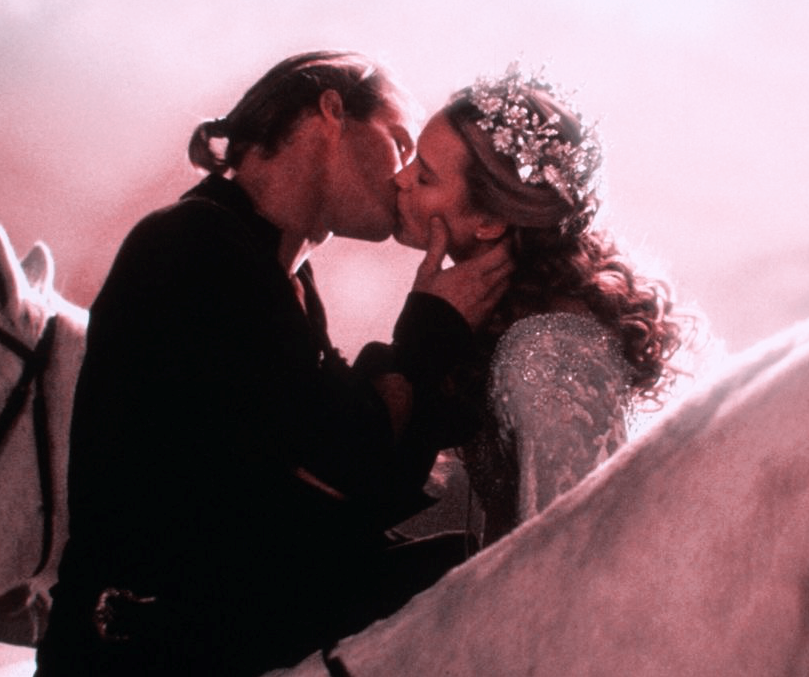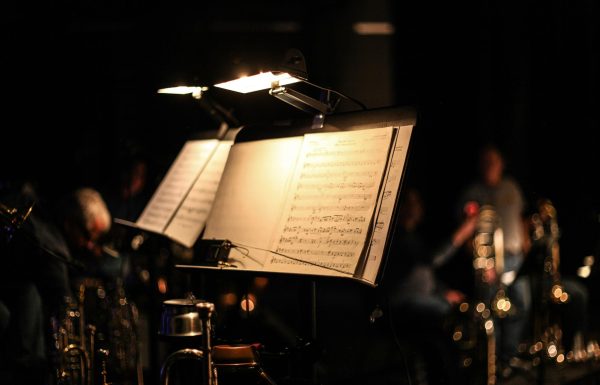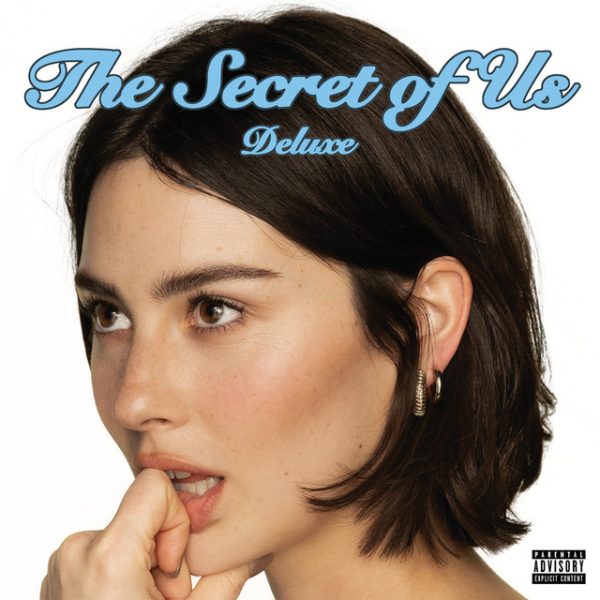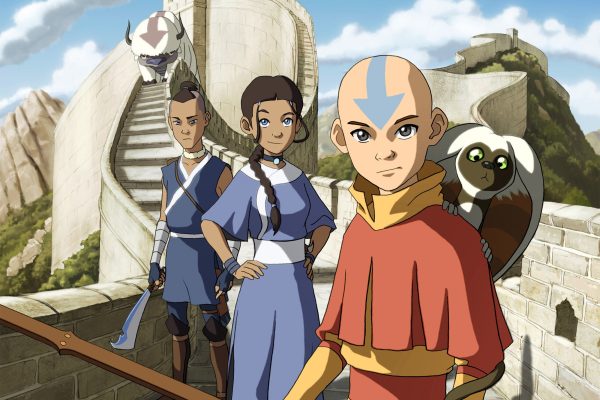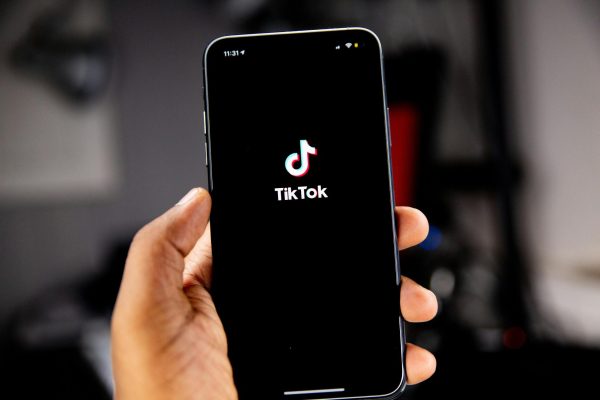As You Wish
“Why The Princess Bride Still Has Everything You’ll Ever Need in a Film.”
“Fencing, fighting, torture, revenge, giants, monsters, chases, escapes, true love, miracles.”
When William Goldman’s 1973 novel The Princess Bride was released, it was met with a positive reception and would quickly become a humble household classic. Incorporating elements of romance, adventure-fantasy, as well as a bit of comedic parody, the novel maintained the best bits and pieces of every previously explored fairy tale genre, making it a uniquely sweet combination that has something for everyone.
Come the release of the 87’ film adaptation under the same name (it’s screenplay being written by Goldman himself), viewers were stunned by it’s enchanting imagery and charming characters. Nowadays we regard the work as a timeless masterpiece, a title it definitely deserves. This is all well and good, but then the question is; what’s keeping this film in the hearts of viewers while other similar projects have faded away?
Summing up the film’s plot without any major spoilers isn’t simple; A young farmhand named Westley (Cary Elwes) falls in love with the head of the farm’s daughter, Buttercup (Robin Wright). The relationship is short lived as Westley leaves in search of a transatlantic fortune in order to fund the two’s marriage; things quickly go wrong as Buttercup is informed of Westley’s death at sea. She ends up being semi-forced to marry the local lord of the fictional country known as Florin, Prince Humperdinck (Chris Sarandon), but is eventually captured by a troupe of bizarre mercenaries. Long story short (without giving too much away), Westley proves himself alive and must team up with those willing to help in order to stop the Prince’s and Buttercup’s wedding.
That’s about the best I can do when it comes to abridging the plot; the film’s Wikipedia page is always open to you. It especially doesn’t help that there are multiple branching side plot-points throughout the course of the film. Nonetheless, all of this culminates into something special, with it all tying back into the idea that this movie has something to fit anyone.
Daring action sequences follow right behind brief romantic moments, this being paired with dry humour makes for an enthralling adventure that’s fit for the entire household. It’s all intelligently crafted, forming an interesting experience that tells you a fun and unique tale while refusing to treat you like a fool. I can’t get into every detail, but I can definitely say that it feels great to watch; in the end it’s the genuine craftsmanship and love that went into the film that ends up keeping it on top.
The on screen romance between Elwes and Wright wasn’t far-fetched, as the two had blatant real life chemistry on set. It’s what’s arguably the film’s most famous scene, “The chatty duel,” that shows the true extent to which care was put into this film, as the two actors in the scene (Elwes and Mandy Patinkin) trained extensively with master swordsmen to make the action as realistic as possible. Plenty of other similarly amusing tidbits can be found on the movie’s IMDb page; another great point to be acknowledged is how familial the set of the film was, with most of the actors becoming friends through the filming process.
Beautiful filming locations are dotted throughout parts of England and Ireland; picturesque landscapes which feature bobbing hills, towering mountains and a real stone fortress all play a role in immersing the viewer. Paired alongside a fickle soundtrack which perfectly bounces back and forth between states of tension and whimsical wanderlust, is just enough of a magical element to keep you pondering on the details of the film’s world. I think I can fairly say that the majority of the film’s plot is somewhat grounded in reality, enough to potentially consider it a work of realistic fiction. It’s the faint notes of magic which draw us along into a curious pit of fan theories and lovingly crafted side-stories.
An interesting thing to point out is that, beyond the amazing cinematography and story, or the fantastic soundtrack and performances, is how often this film is referenced.
To say that The Princess Bride is the most quoted movie of all time isn’t a joke. The lines: “Inconceivable,” and “Hello, my name is Inigo Montoya, you killed my father, prepare to die,” are so commonplace in pop culture and even general conversation that you’re bound to hear someone bring up one of the lines or the film itself every once and awhile.
Speaking on scenes, the previously mentioned “chatty duel” segment of the movie is nearly perfect aside from a few technical goofs and is undeniably a display of how to do a scene right. The blend of witty dialogue and fencing form what ends up being a sort of oxymoron on screen; we’re kept holding our breath on the edge of our seats with each clank of the steel blades, yet we exhale with each funny line. This same dynamic is present in the “battle of wits” scene between Westley and Vizzini (Wallace Shawn); I personally love this scene because of the historical nods and jokes spliced in on the side (The film’s humour is something that has grown on me, as I’ve come to appreciate its subtlety with age.)
The last thing I’d like to highlight is the film’s characters. They’re quotable (thanks to the good writing), that’s obvious enough, but there’s more to it than that. The entirety of the main cast delivers a memorable set of performances, with each being important in forwarding the plot.
I can’t go on without setting aside a brief note on André the Giant and Mandy Patinkin’s friendly duo in the picture as Fezzik and Inigo respectively. The two are both greatly remembered for their portrayals in the film, as they’re both lovably flawed characters who, in a way, are good to look up to.
So, to conclude my argument, it’s probably true that The Princess Bride (1987) really has just about all that you’d ever need in a film. It’s great for any audience and deserves all of the appreciation and respect that it has garnered. Most of us that have seen it love it with all of our hearts and our parents (many of whom saw it when they were younger than we are now) can usually say the same.
I myself hold onto a copy of the novel that I read from time to time, and I can definitely say that, for book lovers, it’s worth checking out; a lot of the material within those 492 or so pages isn’t in the film, so for the full story you’re going to have to give it a look.
There’s also no shame in admitting on my end that I own a Princess Bride Inigo Montoya coffee cup which I’ve placed by my side during the writing of this analysis; it’s beautiful, and I’m all for buying a shirt no matter how unappealing the kissing shots on some of the film’s posters may look. So I ask now to please go support the powers behind the production of this film and it’s [living] cast members.
On a final, final note, there were recently some rumors that a few higher-ups at Hollywood were trying to get a sequel into production here in the 21st century. With the passing of André in the early 90’s and today being the one year anniversary of Goldman’s own death, in response I can only relay what Cary Elwes himself said (in reference to one of his lines in the film) at the revelation of the news:
“There’s a shortage of perfect movies in this world. It would be a pity to damage this one.”

Aden Schulze-Miller is a senior and it's his third year working for The Ridge Review; he's our Editor in Chief. He enjoys watching movies, writing short stories, and is ready to help foster a...


